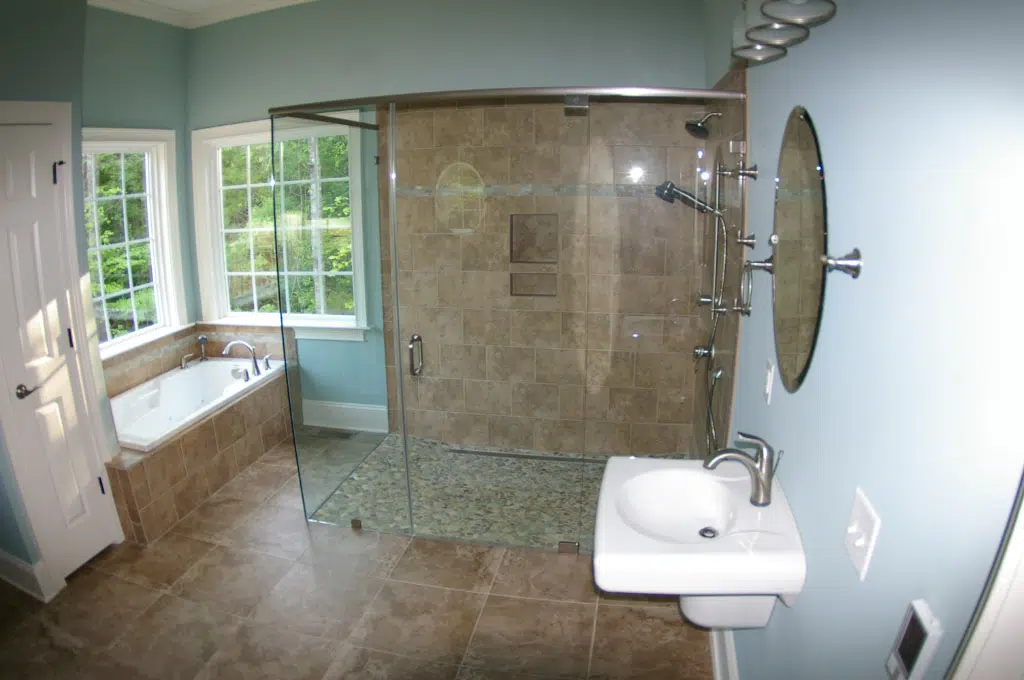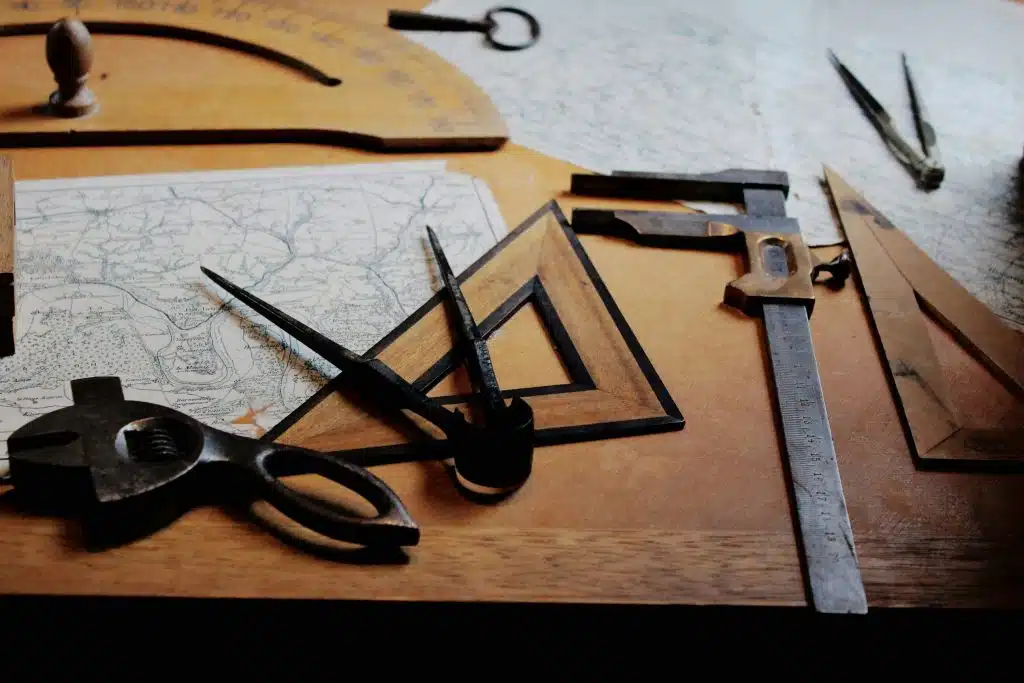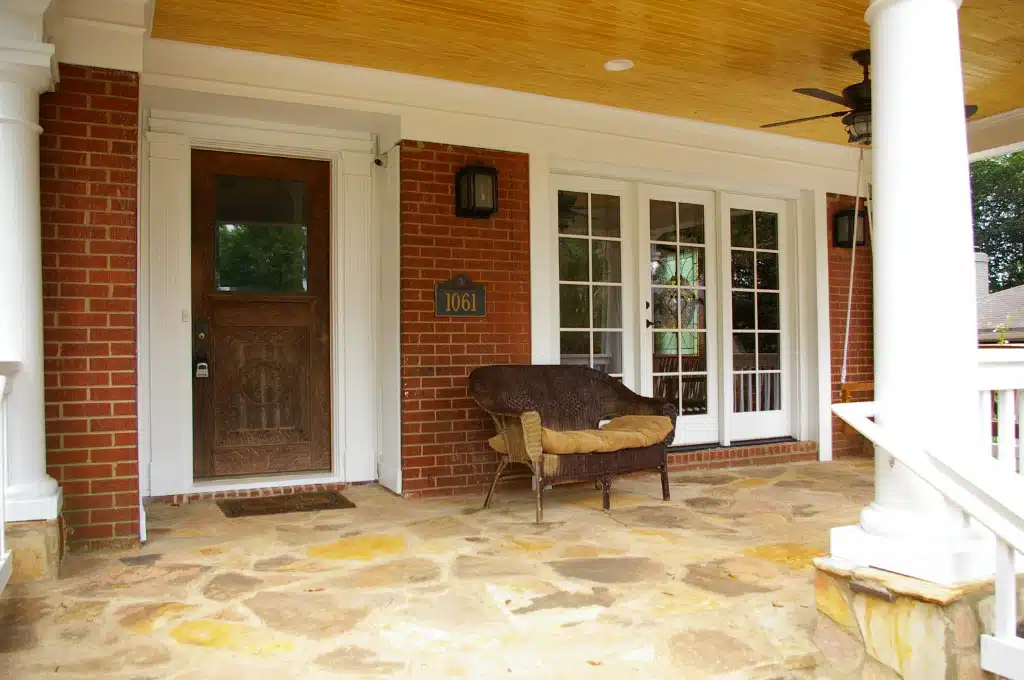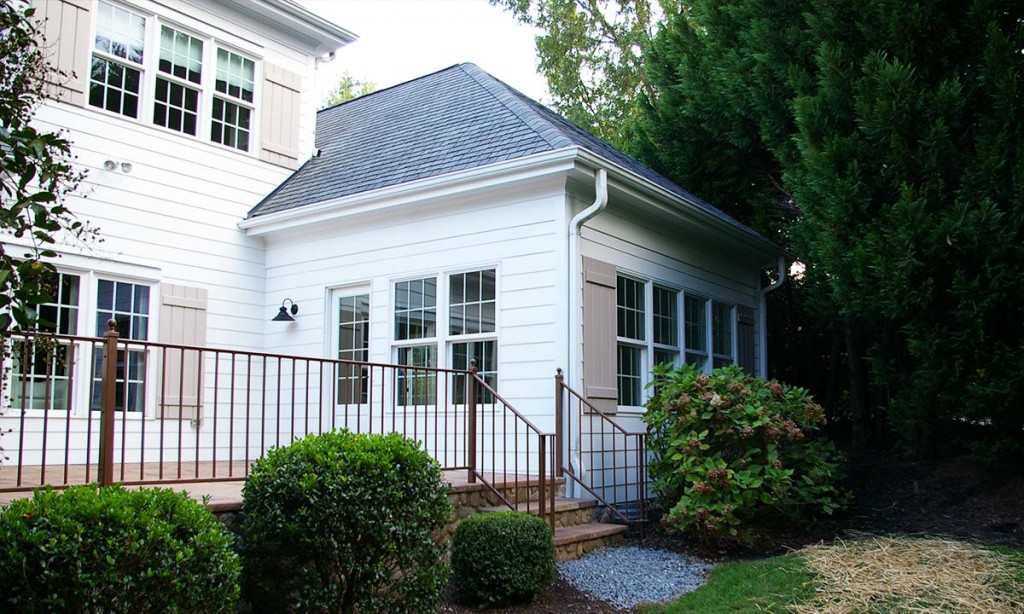
Top 10 universal design features for a custom home
Before remodeling your existing residence or building a new custom home, first imagine how you are going to use your home in the future.
Whether you are remodeling your existing residence or building a new custom home, something to consider is how you, your family and your guests will use it in the future. As homeowners age, older parents move in, or older children return with kids of their own, what you need and want in a home is certain to change over time. This forward-thinking approach to making residences accessible is known as universal design. And it’s not just for senior citizens. If you’ve ever had the misfortune of spraining an arm or breaking a leg and having to get around temporarily on crutches or in a wheelchair, you understand that navigating a traditionally designed home can be nearly impossible in these situations.
But what you might not realize is that universal design simplifies life – even if you have full mobility. Many of the features commonly associated with universal design or aging in place make sense for everyone; they simply make life easier. Here are our favorite universal design features, many of which we’ve been incorporating into homes for years.
No-threshold entries.
Have you ever tripped (or stubbed your toe) on your doorway stoop as you were walking into your home laden with grocery bags? Whether it’s your home’s front door, patio door or the door from your garage into your home (which serves as most people’s front entryway), eliminating that extra step can reduce the chance of tripping and remove a potential obstacle for wheelchair users.
Motion-sensing light switches.
Imagine never having to fumble for a light switch because your lights automatically turn on as you enter a room – and turn off after you leave. This ability for your home to sense where you are and do what you need it to is obviously a benefit for those with limited mobility. Yet it also makes everyday life easier. Just think about how it can help light the way for a toddler needing a middle of the night bathroom run or for a house filled with holiday guests who might not know where all your light switches are located.
Low-or no-threshold showers.
Showers that don’t have a lip make it simple for someone in a wheelchair or a person who is using a cane to walk in without danger of tripping. Anyone who has had to step into a tub/shower combo (which is just about everyone!) or who has gotten soap in their eyes and had to reach blindly for a towel can understand how the lack of barriers can be a huge benefit each and every day. What’s more, it prevents spills for little ones who are graduating from being given baths by their parents to showering by themselves.
Nicely designed shower seats.
Shower seats are designed to make it easier for folks who need some extra help maneuvering to bathe by themselves. Pair it with a handheld shower and they enable folks to wash without excessive bending and ease access for walkers, canes, etc. But they are also a welcome addition for almost everyone. Whether you are shaving your legs or just need an extra shelf to place toiletries, they put what you need within reach.
Comfort-height toilets.
This is a simple idea whose time has come! Typical toilet heights are around 14″-15”, while comfort height is normally in the range of 17” – 19”, which is roughly chair height. Those few inches really make a huge difference. While folks who need walkers or canes obviously benefit from having the seat placed higher, this small change eases stress on knees and backs and actually puts your digestive tract at a more beneficial angle.
Contoured finger-grip grab bars.
Grab bars have evolved from the industrial-looking, blocky things once found in hotels to stylish accessories. We love installing nicely contoured, stainless models that are easy to grip and provide an extra measure of comfort. Plus, they are a great place to rest bulky shampoo bottles and shower accessories, or hang a towel to dry.
Future-proofing bathrooms.
Even if you don’t want a grab bar now, it’s easy to install blocking inside the walls of your shower and/or tub and next to toilet areas to ease future installation of grab bars. Because grab bars are only as sturdy as the materials they are anchored into, this simple step now can make life easier in the future (because you won’t have to rip out finished and painted sheetrock and/or tile.
Touch or proximity controlled faucets.
Hands-free faucets are a necessary luxury for anyone who cooks a lot. Whether operated by touch or motion, these fixtures make it easy to clean up your hands after making a mess without having to clean the faucet afterward! While they are handy for those with arthritis who may struggle with handles or those who have difficulty reaching a traditional faucet, they make life easier for everyone who uses your kitchen (or bathroom).
Pull-out shelving.
Bending and reaching for a heavy item can place a lot of stress on your back – even if you are in perfect health. Pull-out shelving works for everyone because it puts items you need at your fingertips, thus easing access and reducing the chance of a pulling or stretching injury.
Lever door handles.
It might seem like a purely aesthetic choice, but doorknobs do make a huge difference in accessibility. Levers are easier to grip and pull than traditional knobs. The fact that they look more upscale and stylish is a wonderful bonus for homeowners.






